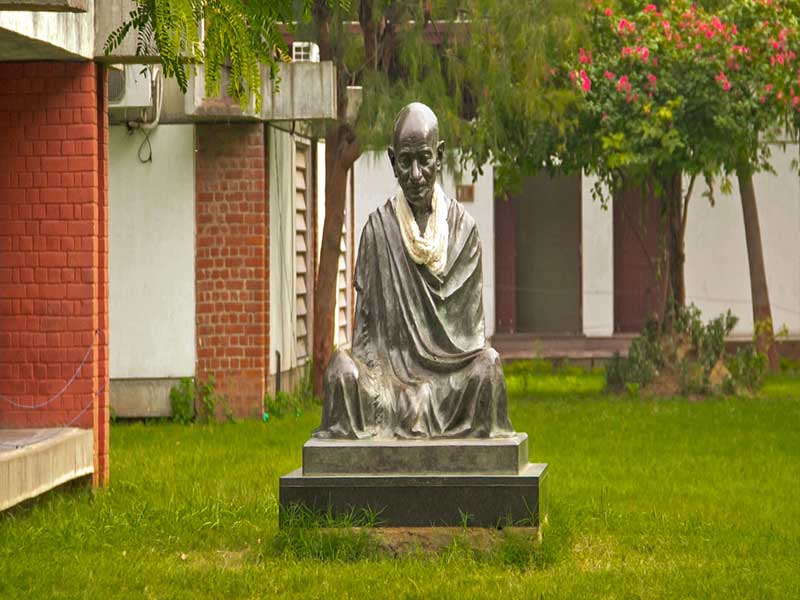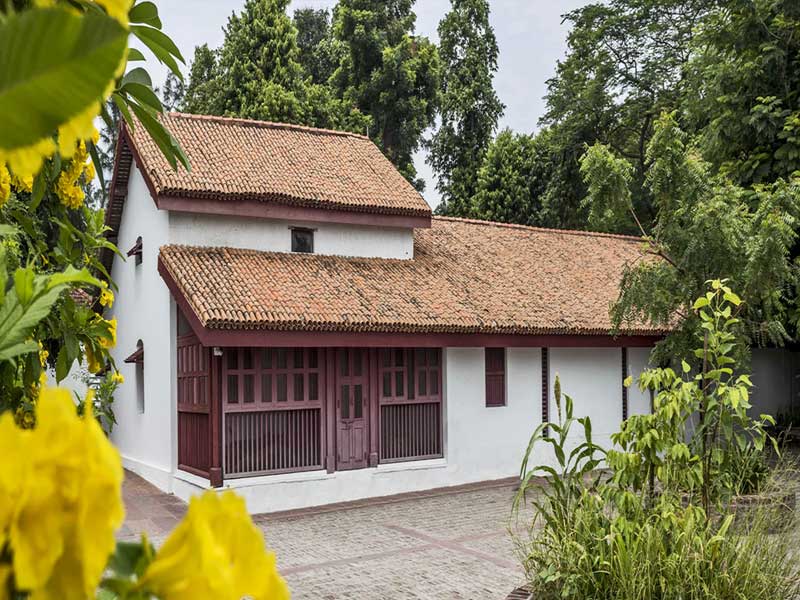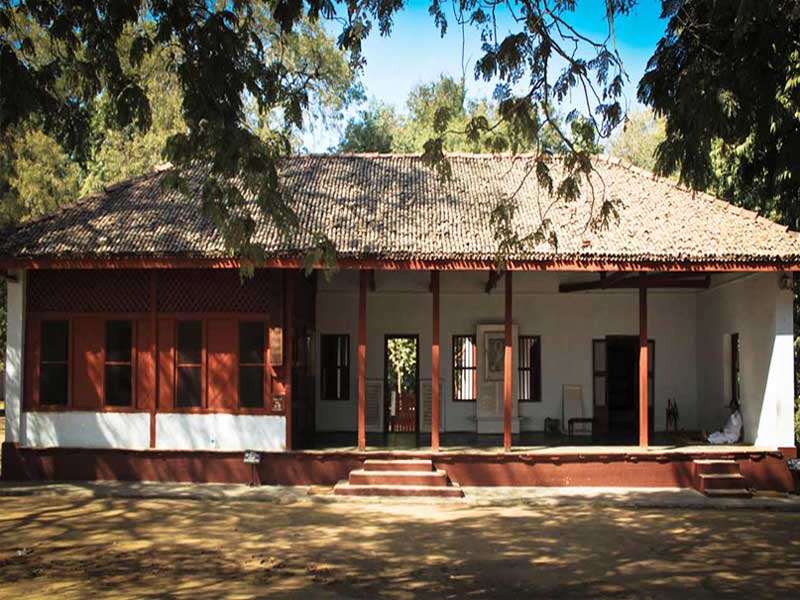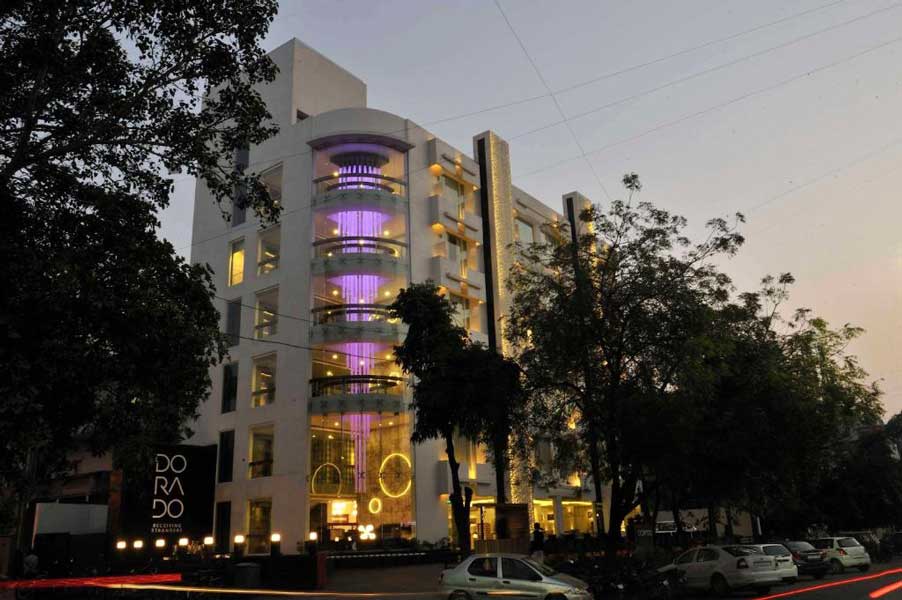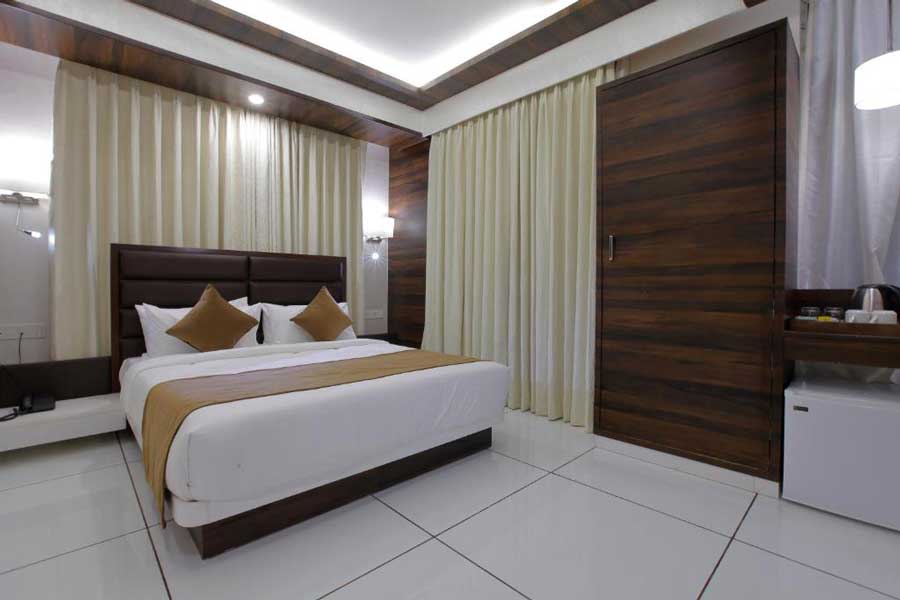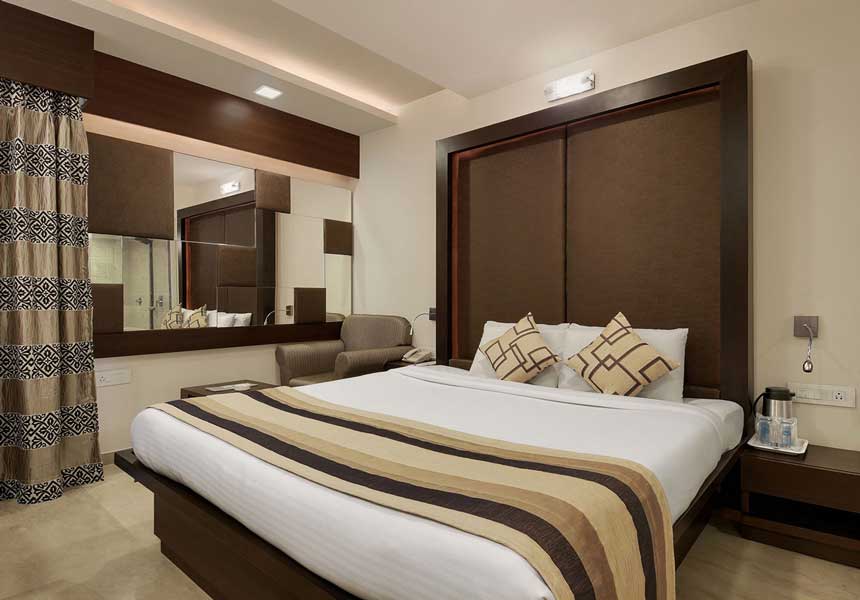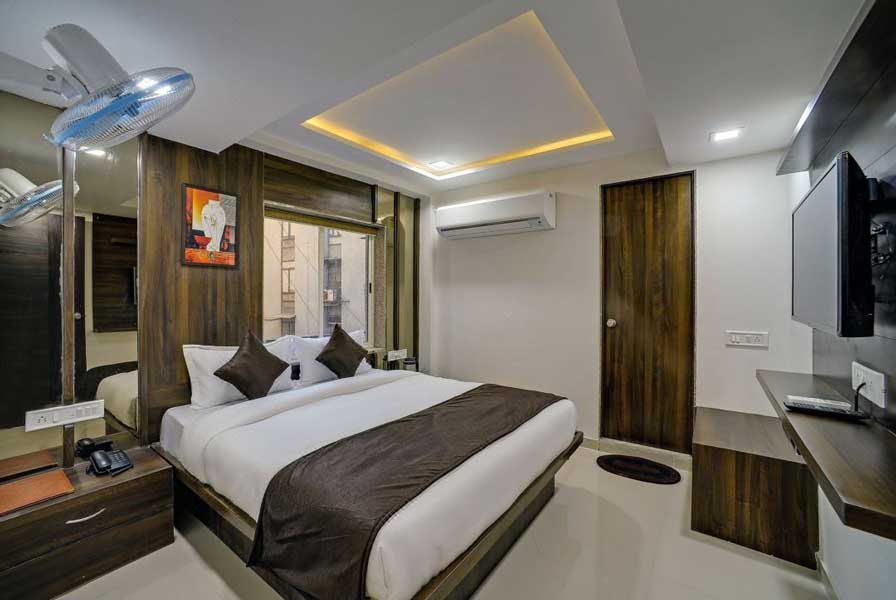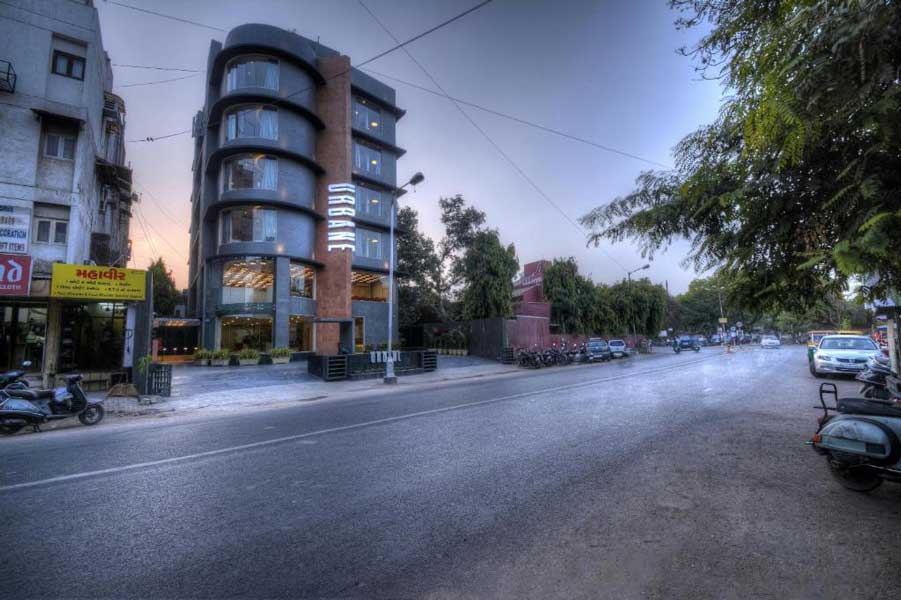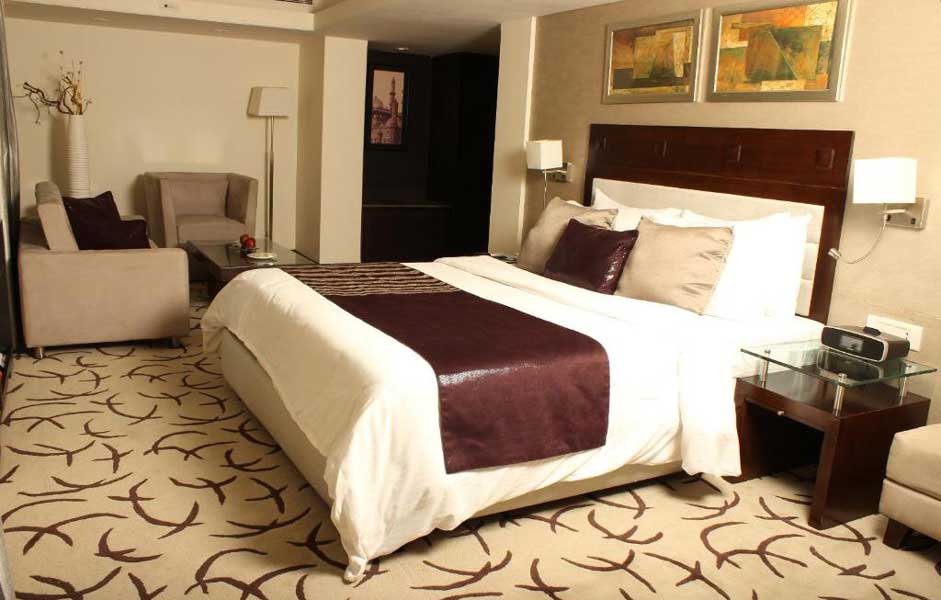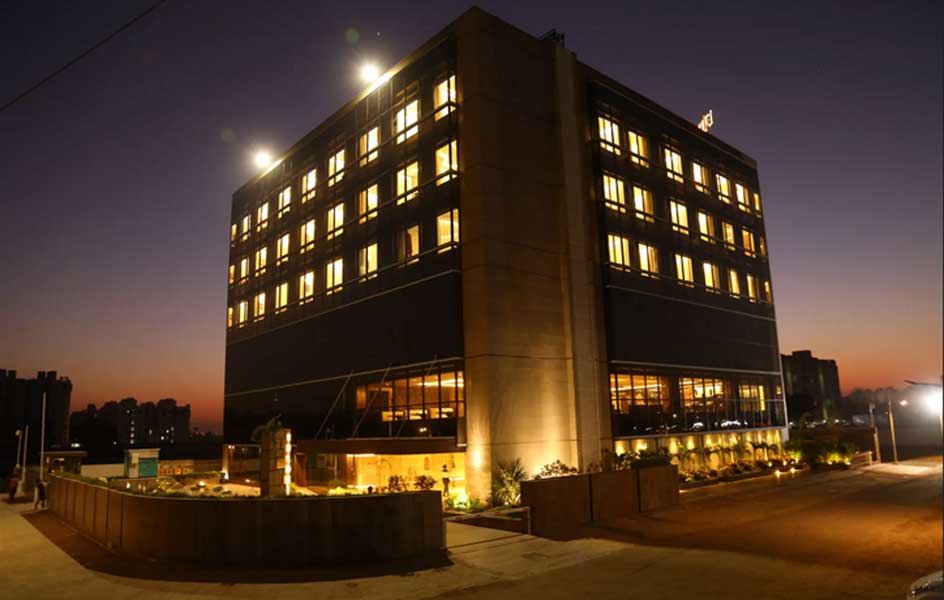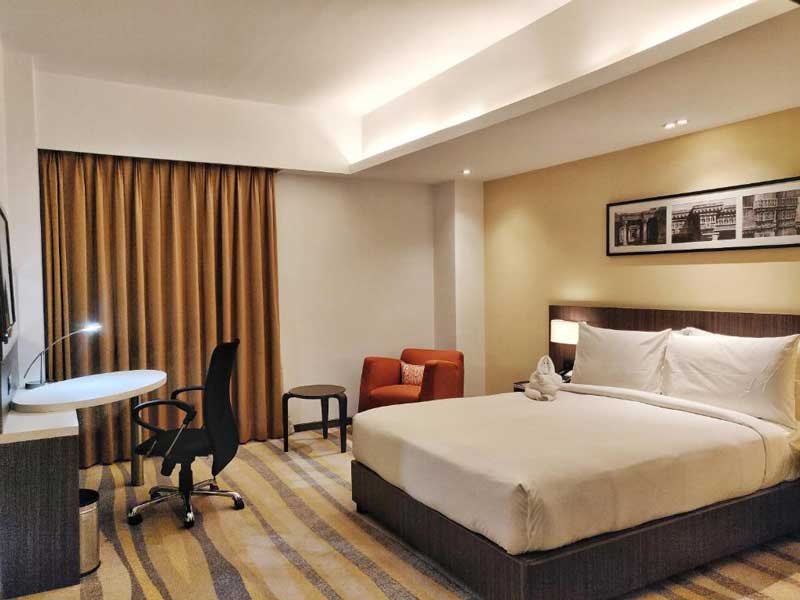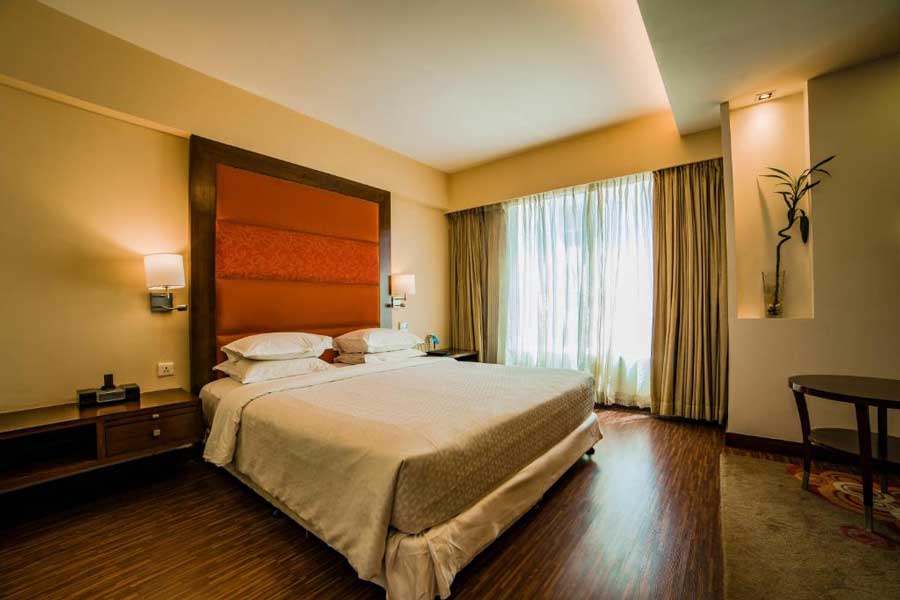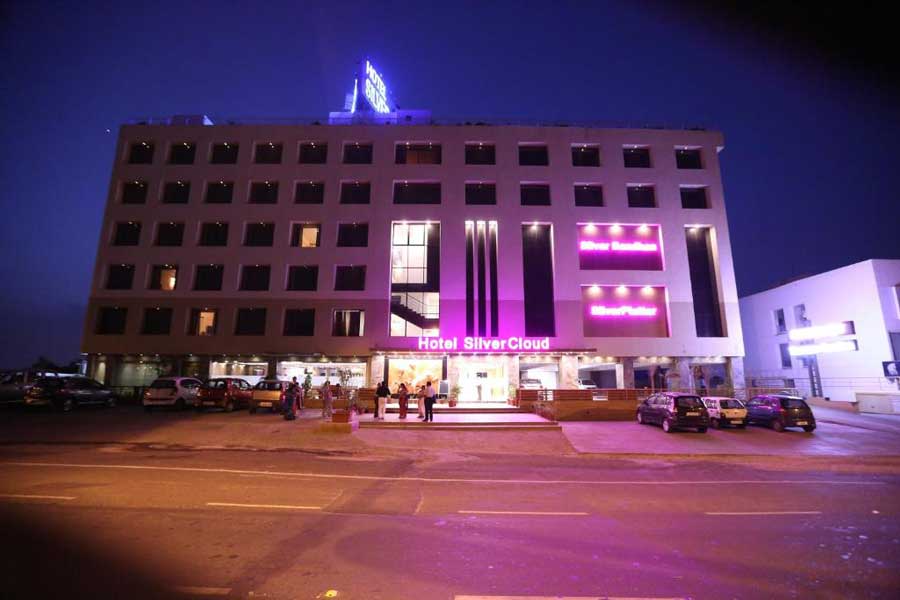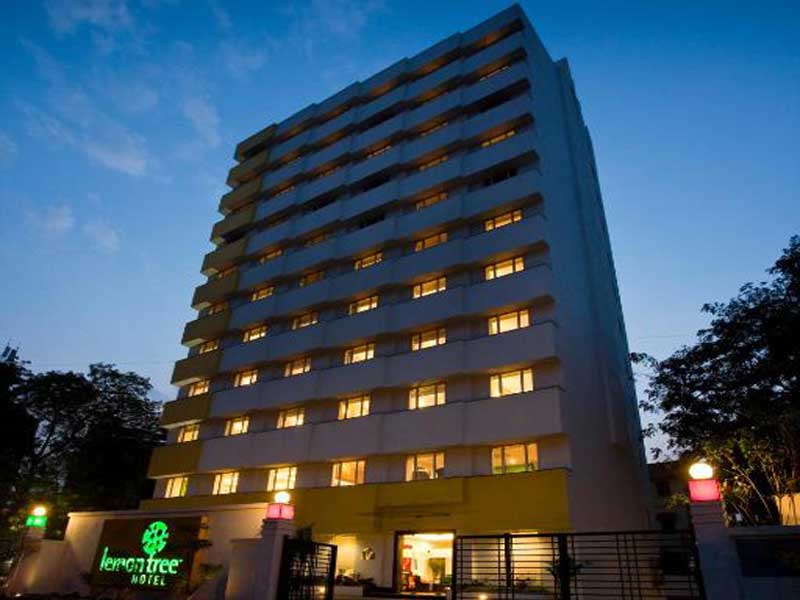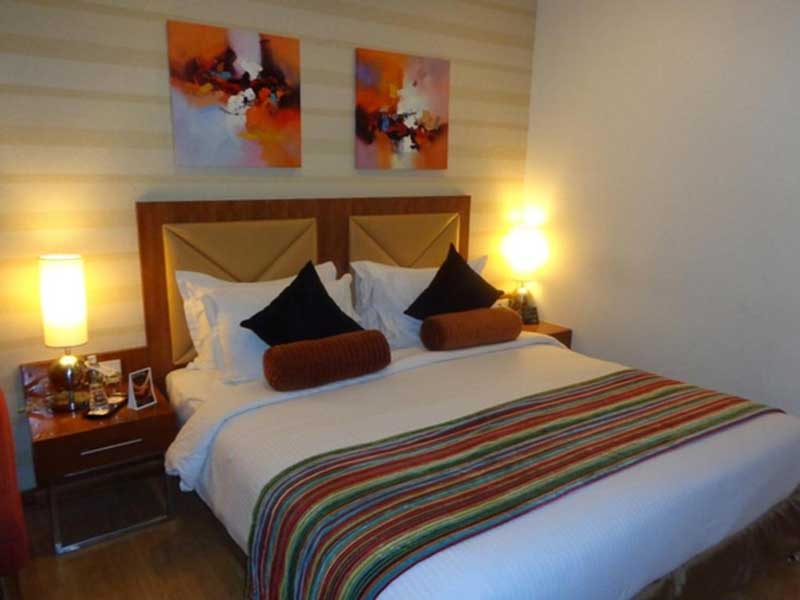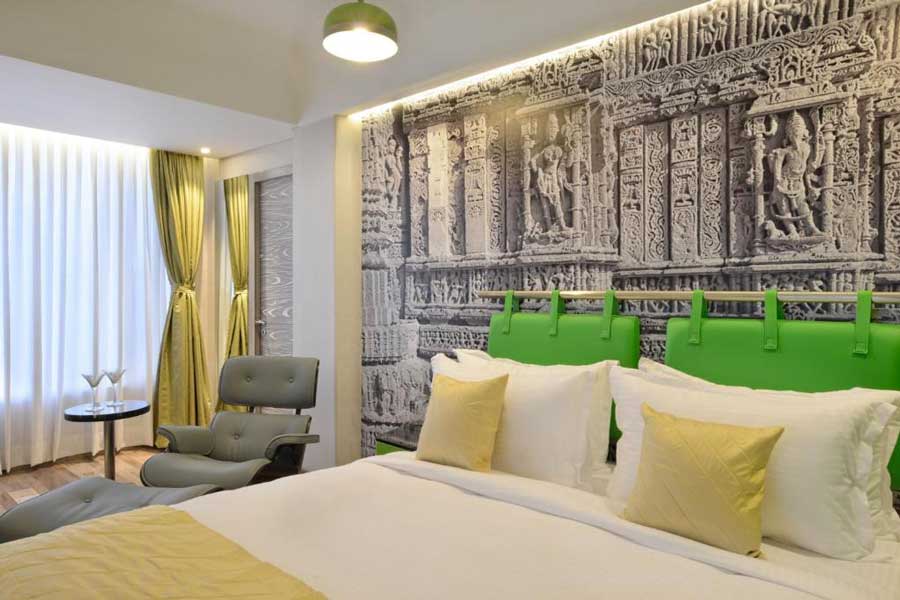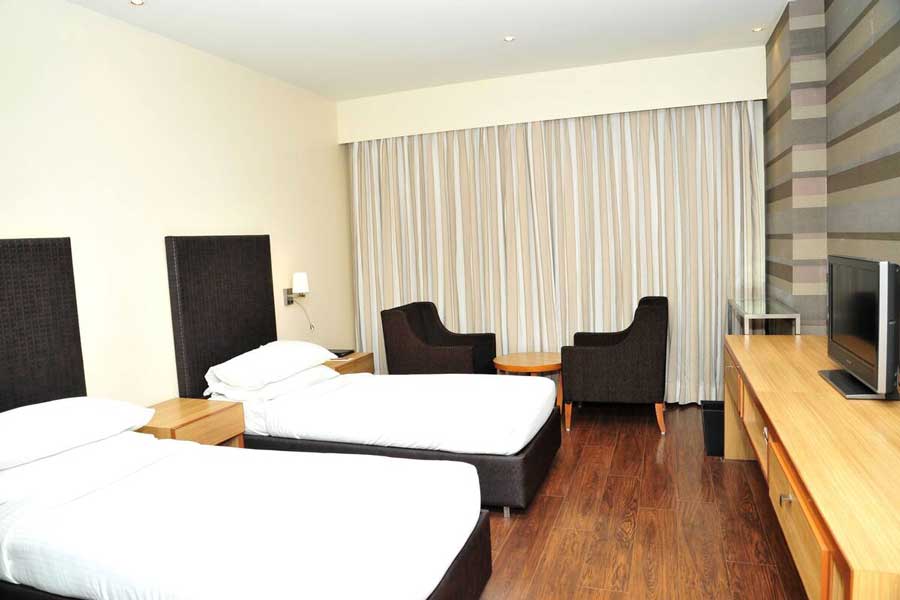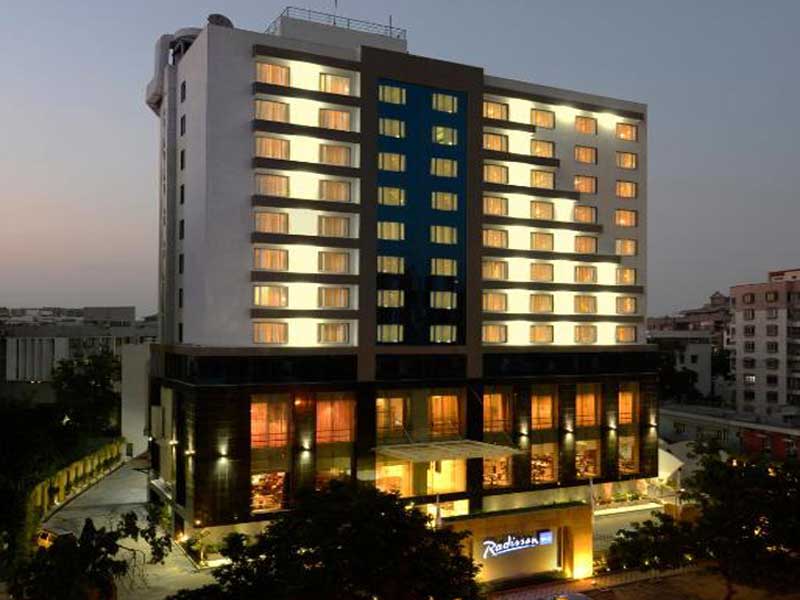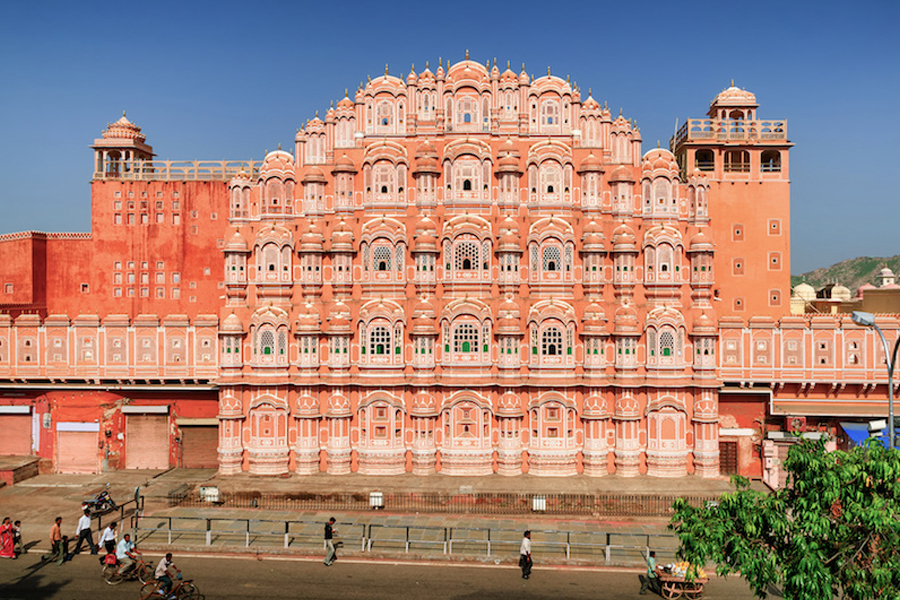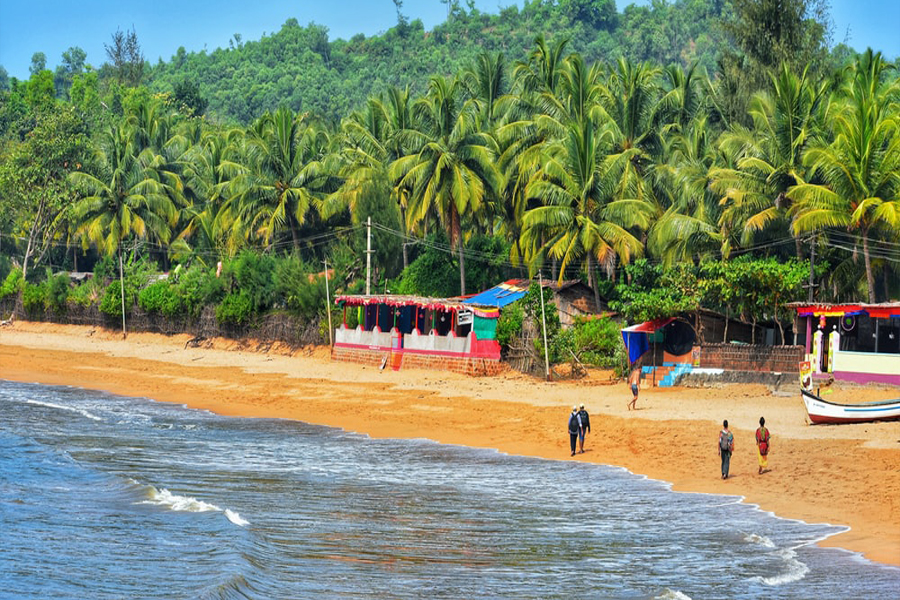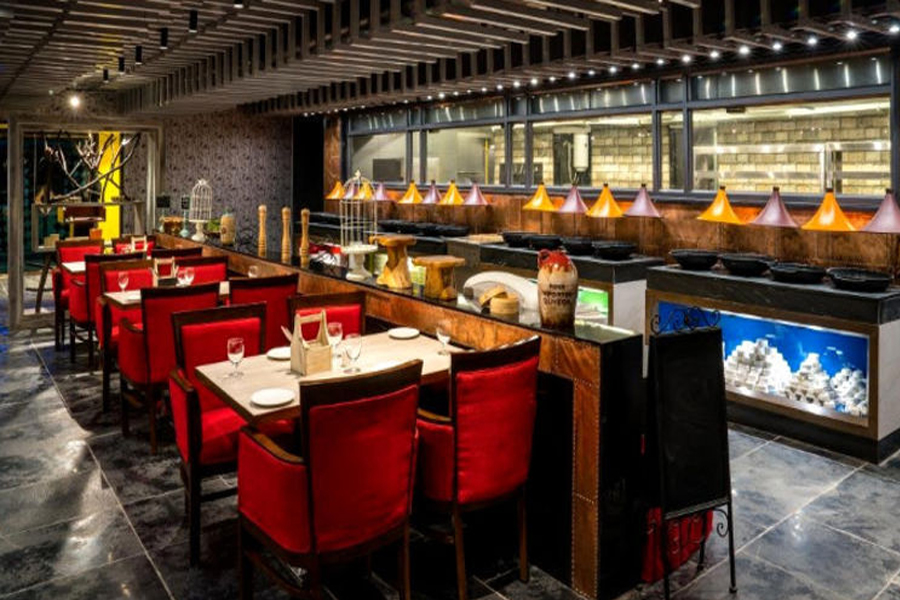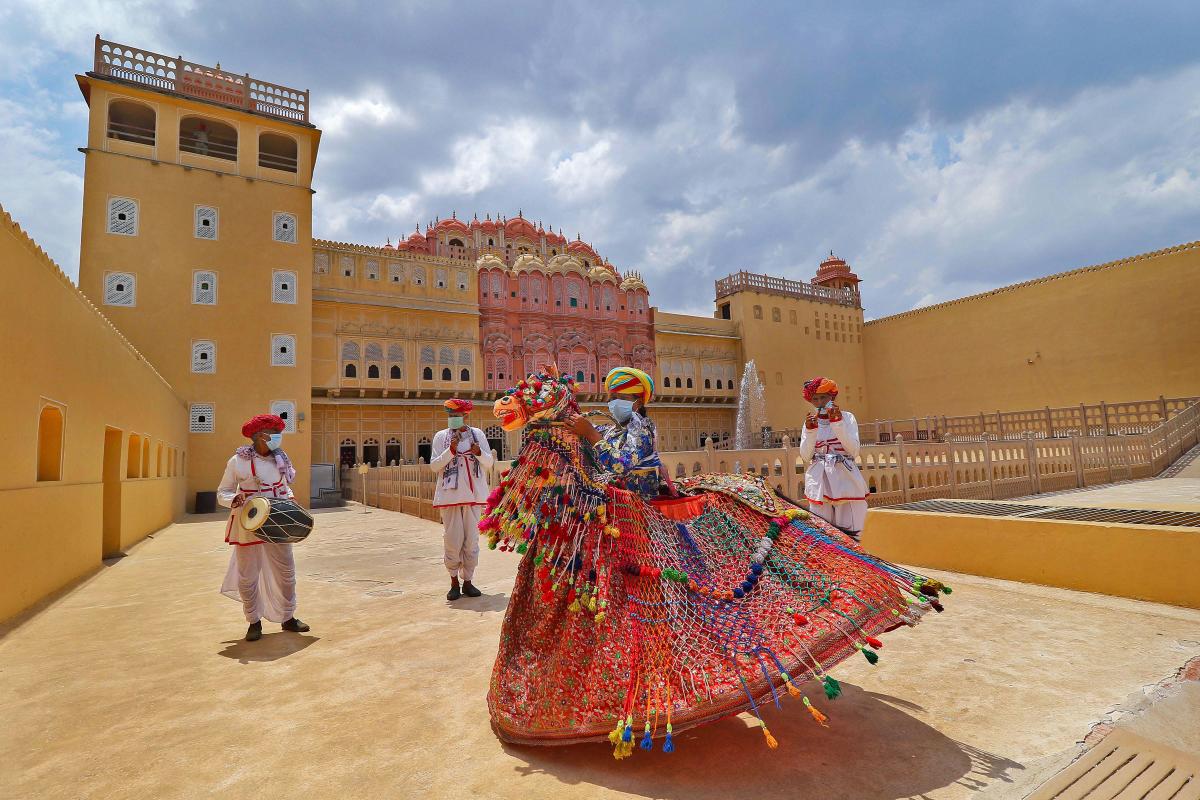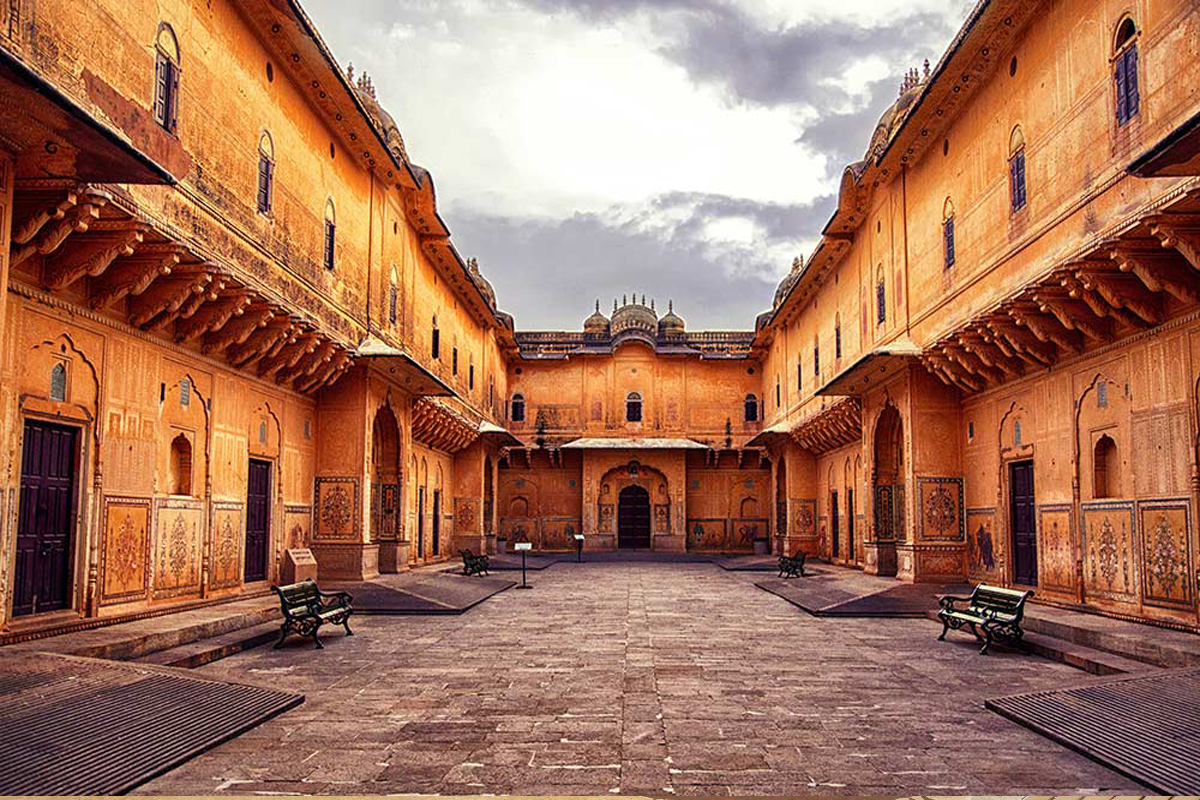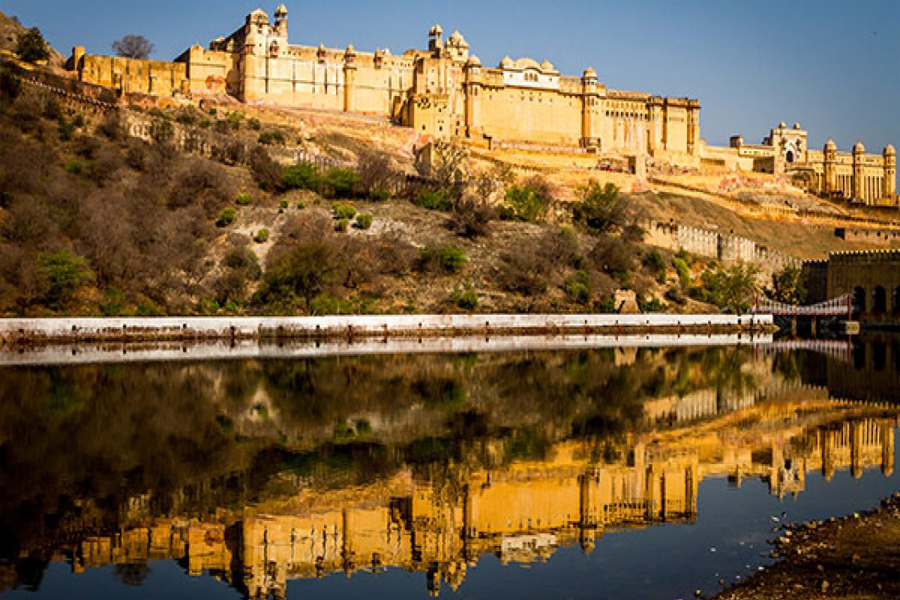Read More on Sabarmati Ashram
History
Gujarat had a close relationship with Mahatma Gandhi, who played an essential role in the country's independence. Ahmedabad was known as Mahatma Gandhi's and Sardar Patel's politico-cultural capital. It was here that Mahatma Gandhi and his wife Kasturba Gandhi lived for twelve years.
The ashram is very important because it was from here that Gandhiji initiated and led the Dandi March, which is also known as the Salt Satyagraha, on March 12, 1930. The Ashram is now a national monument due to its historical significance. Gandhiji and his followers began to initiate the Dandi March from Sabarmati Ashram to Dandi. The distance to Dandi is 241 km away from Sabarmati.
Architecture
Magan Niwas, Hriday Kunj, Gandhi Memorial Museum, Vinobha Mira Kutir, Udyog Mandir, Somnath Chhatralaya, and Upasana Mandir are the different portions of Sabarmati Ashram. Charles Correa's Sabarmati Ashram is a contemporary embodiment of the swadeshi spirit. It incorporates Hindu architectural elements as well as the cosmological concept of isotropy, as well as modernist functional planning.
With the arrangement of the rooms, Correa intended to create winding passageways leading to the core of the water plaza. The museum is built with a simple post and beam structure that includes load-bearing columns that support the concrete channels as well as the wooden roof.
The entire structure has a similar planning style to houses found in Indian villages, with a rural touch of Banni region architecture, where instead of one large volume, the houses are divided for each function surrounding a courtyard in such a way that residents are able to interact with one another.
Activities
- Magan Niwas was the house or cottage where Maganlal Gandhi, Gandhi's nephew and true devotee, lived. He was also the ashram's manager until his death in 1928.
- From 1918 until 1921, Acharya Vinoba Bhave resided at Vinoba-Mira Kutir, a bungalow where he stayed. Later, it was the home of Mirabehn, one of Gandhi's most illustrious students.
- From 1917 through 1930, Gandhiji and Kasturba Gandhi resided at Hriday Kunj. There are six rooms in the house, as well as some of his items such as writing desks and spinning wheels.
Tips for visiting
- Carrying any eatables inside the Ashram is prohibited.
- Do not touch anything inside the Ashram.
- Do not let your kids and younger ones run around the ashram as there are certain rules and regulations to abide by.
- Please ask the authorities if you have any questions but do not break the rules implemented by them.
Best time to visit
The greatest season to visit Ahmedabad is in the winter when the weather is calm and pleasant, and you can appreciate the city's wonders. The highest temperature reaches 35 degrees Celsius during this time of year, while the minimum lowers to 12 degrees Celsius. Remember to bring woollens with you because evenings can be chilly.
Nearby Atractions
- The Calico Museum of textiles
- Sardar Vallabhbhai Patel National Memorial
- Hutheesingh Jain Temple
- Sidi Saiyyed Mosque
- Dada Harir Vav
Nearby market/ shopping places
- Gujarat Argo Centre: This is a marketplace where you can get fresh groceries and vegetables. You may easily spot localities bargaining with the shopkeepers here because this is the place where most of them visit on daily basis.
- Shidhi Ridhi Marketing: This is also a grocery store that provides you with fresh vegetables as well as fruits of different varieties.
- Municipal Market: This market is famous for street food carts and window shopping.
- Madhupura Market: this market is famous for its variety of spices. You can easily get any Indian spice you are looking for. The spices here are available in both grinded and original form.
- Flea Market: This market is famous for providing people with a variety of organic foods.
Nearby Hotels
- SilverCloud Hotel & Banquets
- Hotel Ashray Inn
- Fairfield by Marriott Ahmedabad
- Hyatt Regency Ahmedabad
- Patolia Home Stay
Interesting Facts About Sabarmati Ashram
- The area chosen for the ashram was sandwiched between a prison and a cremation at the time of its founding. Surprisingly, Gandhiji believed that a true satyagrahi would end up in either of these locations.
- According to legend, the ashram was constructed on the location where the old saint Dadhichi formerly resided. He is said to have given his life so that the devas may use his bones to create the 'Vajra' weapon, which was used to defeat the asuras.
- A one-of-a-kind portrait of Gandhi made out of peanut shells may be found at the museum's Painting Gallery. By heating these shells at different temperatures, Shri Rajkishore Kapoor, the portrait's artist, was able to achieve a detailed and precise depiction of Gandhi.


